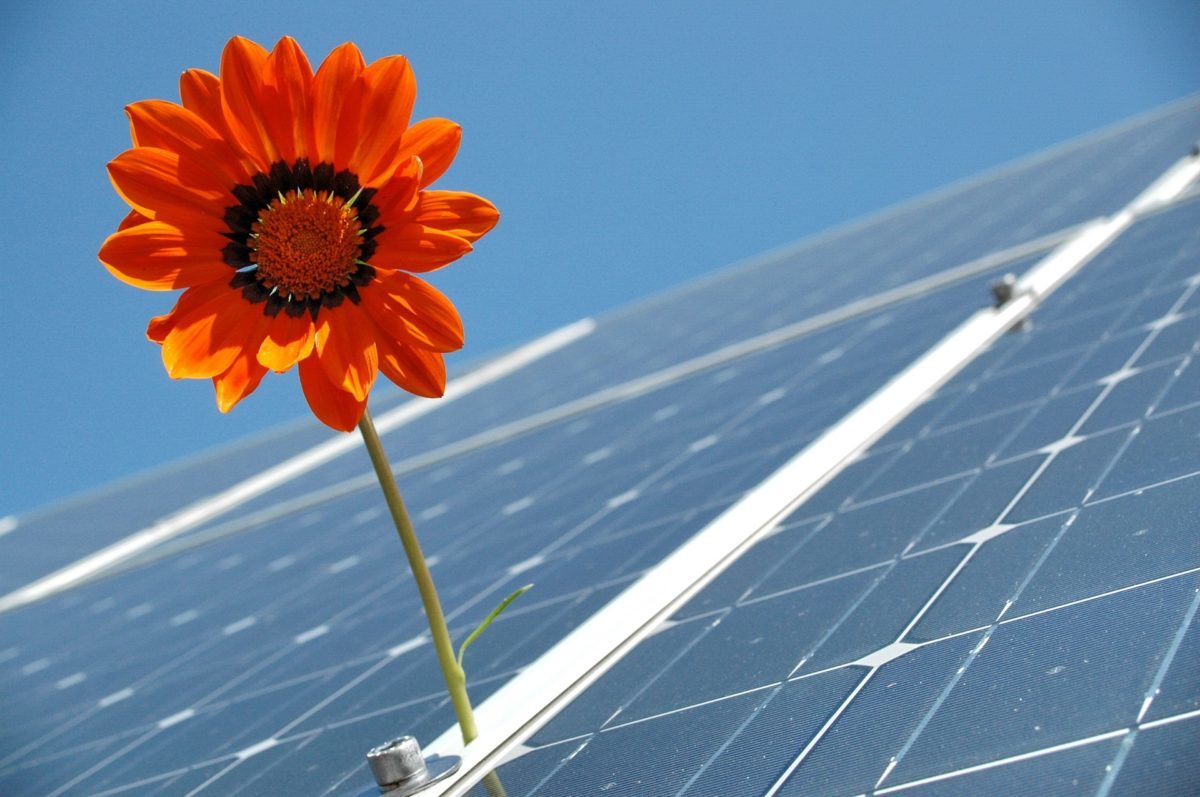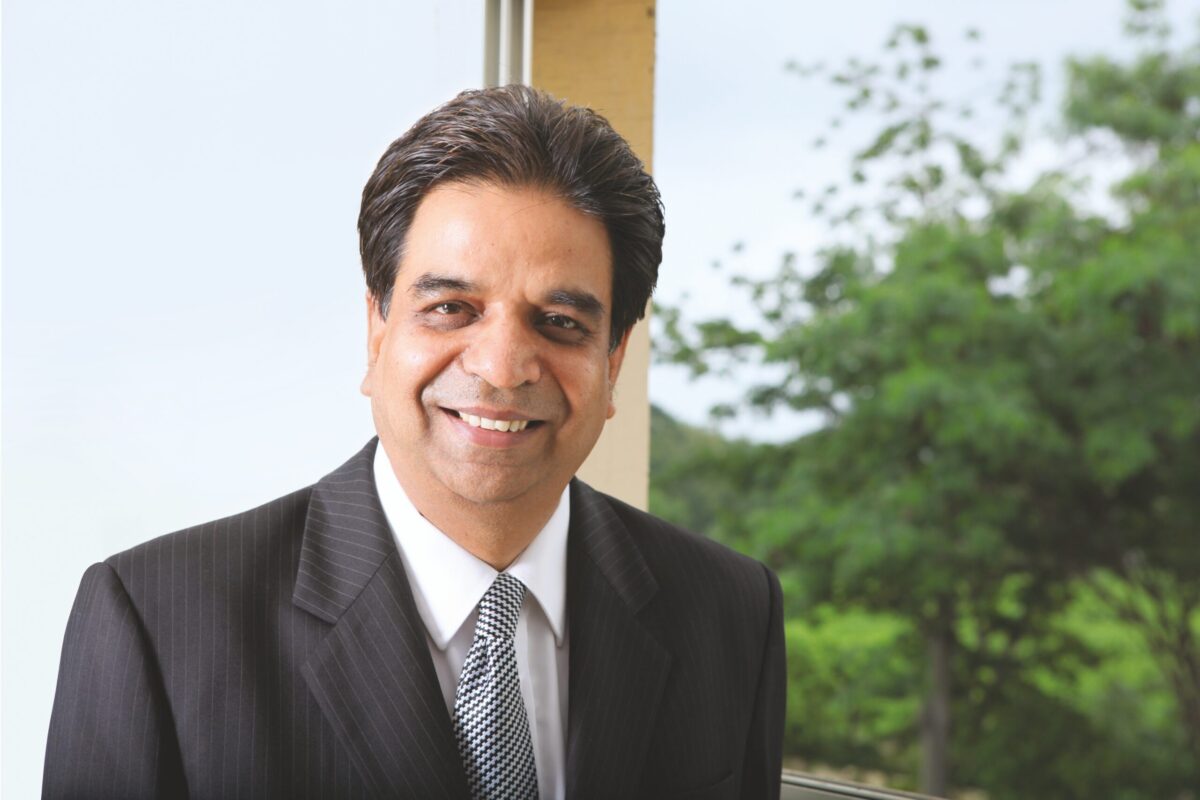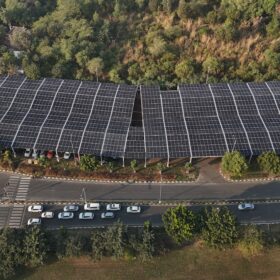India’s renewable energy (RE) sector is at an interesting juncture. Recent years saw significant capacity addition backed by concerted policy push and a rapid scale-up specifically in the solar segment. In the process, India consistently ranked amongst the top 4 nations globally in the E&Y Renewables Country Attraction Index between 2016 and 2019.
However, the last year saw this momentum in solar taper owing to inconsistent policymaking, drying up of funding, tender cancellations and import safeguard measures.
The Covid-19 pandemic in 2020 has dealt a further blow, with the lockdown stalling the import of panels from China and limiting the operations and maintenance (O&M) workforce on-ground.
With around 84 GW of RE capacity installed till end-2019, India is still a far cry from its ambitious 175 GW by 2022 target that includes 100 GW of solar from utility-scale and rooftop. The gap is starker if one looks at the rooftop sector, 5 GW installed vs 40 GW target.
A Crisil report estimates India will achieve only 60 GW of solar by 2022 as per the current run-rate. The country may not come close to its solar target unless appropriate steps are taken to address the challenges.
Simultaneously, the headwinds afflicting the sector do not seem to be a full stop to the sector’s progress. The recent 24×7 round-the-clock 400 MW solar plus storage tender awarded to ReNew Power at a levelized tariff of Rs 3.52/unit—cheaper than coal’s Rs 4.5/unit—means solar is no longer limited to the daytime, which otherwise necessitated the grid to have other power plans like thermal which could be stepped up/down to meet demand. And it implies India’s future power generation can be solar even without subsidies.
The recent award of manufacturing-linked solar projects to Adani Green Energy (8 GW power plus 2 GW manufacturing) and Azure Power (4 GW plus 1 GW) is another milestone.
Challenges
Funds. Non-payment of around Rs 920-billion dues by cash-strapped discoms impacted developers’ project returns and loan servicing ability— despite incentives like viability gap funding and accelerated depreciation (in rooftop)—curtailing their investment in future projects. The cashflow woes translated into a reluctance by the financial institutions to fund the power sector in general and RE in particular. Interest rates to Indian solar sector borrowers were anyway higher. Threats by some states reneging from power purchase agreements is only fuelling this uncertainty.
While the UDAY policies of 2015 and 2019 tried to improve the balance-sheets of the discoms, the recent Rs 900-billion liquidity support for power distribution companies in the wake of Covid-19 offers only a short-term reprieve. The central and state governments need to converge their policies better to resolve the challenge of endemic dues (a result of a deeply embedded culture of not paying for electricity), avoid agreement renegotiations and improve the efficiency of the distribution network so that transmission losses reduce.
A recent case of Solar Energy Corporation of India (SECI)—the government’s nodal agency for renewable projects—moving the tripartite agreement between the central bank and the central and state governments to recover the dues from Andhra Pradesh is a positive in this context.
The levelized tariff in the recent solar plus storage auction was cheaper than coal, making large-scale solar competitive. However, other segments like the offshore wind may still need support to become mainstream. RE subsidies, which declined 35% between 2016-17 and 2018-19, may prove critical to revive this segment, especially if subsidies to specific fossil-fuel segments can be reined in.
As it is, the bad loan crisis in Indian banks has turned lenders hawkish. Fears about the developers’ cash flows owing to discoms’ health further fuels that posturing. Thus, subscription levels shrunk, recent tenders were undersubscribed, and some had to be extended.
Offshore fundraising is unviable for many developers due to high transaction costs, usually requiring a minimum deal size of US$ 100 million. Policies promoting innovative measures like green masala bonds to raise funds in Indian rupees from global financial centres where dedicated green capital exists could partially address that constraint.
Tariffs. The policy to migrate from feed-in tariff to auction-based tariff had resulted in tremendous scale and price discovery. However, feed-in tariffs were based on the project’s cost and offered visibility for long-term remuneration.
Around 2019, the auction model saw some variances in the bid prices, mainly owing to shrinking bids due to the relative lack of finance.
However, the policymakers responded with a tariff cap, which further limited the financial viability and increased the operational risks for developers, since they could not ask for higher tariffs even where the state’s financial position was deemed riskier. The tapering of tariffs also meant there was a slowdown in new capacity addition. Add to that, some states threatened to go back on power purchase contracts.
While the tariff cap is no longer there, making the tariff regime more investor-friendly is a must to drive up volumes.
The government has shown some intent to address the issue of discoms by getting the state utilities to work with financial institutions to open letters of credit (LCs) to guarantee payments to central and private power plants. Else, the states would face supply cuts. The onus now comes on maintaining the discoms’ health, since the few healthy ones can enjoy LCs at lower margins, unlike those without state guarantees.
Concentrated nature of RE development. With solar (especially utility-scale solar) and wind (especially onshore wind) contributing to 33 GW and 37 GW, respectively, to India’s 84 GW capacity, greater diversification of sources is needed. Recent policy push towards offshore wind, solar-wind hybrid and floating solar are steps in the right direction, but these have to be seen through and scaled up if the sector has to expand.
Further impetus to battery storage projects and promulgation of clean energy in sanitation and waste sectors would also augur well to expand the demand for rooftop solar, off-grid solar and biogas solutions.
Declining battery prices offer a tailwind here by making solar plus storage cheaper for the rooftop segment. This is expected to make net metering policies—which vary across Indian states—irrelevant soon.
Other issues. Since India’s solar energy segment is majorly dependent on panels imported from China, changes to the trade policy could speed up capacity addition.
Better monitoring of transmission thefts through automated solutions would also help in the long run.
Going forward
Political commitment and coordination were instrumental in realizing the initial traction in India’s RE space. This will be instrumental to revive that momentum, and to tackle the unpalatable task to restore discoms’ financial health by reducing transmission losses.
The 175 GW by 2022 target seems unachievable, necessitating the benchmark be moved to the ‘450 GW by 2030’ goal instead. But even that will require the RE sector to move back to the front foot from 2021. Time will say if that occurred or not!
The views and opinions expressed in this article are the author’s own, and do not necessarily reflect those held by pv magazine.
This content is protected by copyright and may not be reused. If you want to cooperate with us and would like to reuse some of our content, please contact: editors@pv-magazine.com.








Image is incorrect. It is Arctech Tracker in Vellakoil, Tamil Nadu, India
If India wants to REALLY Solve its Pollution Problem (2+Million Premature Deaths to Pollution) and embrace A ZERO POLLUTION SOCIETY…. India will need about 15TW of Solar Panels… India has to “Grow Up” and start “Batting” in the TW Market…. even hundreds of GW will be…. to little… Thos same applies to the rest of the world as we ALL try to bring down the 7+ Million Deaths to Pollution to ZERO+/-…. and start Seeing & Enjoying Clear and Blue skies again… and also restore the Health of Mankind, Animals and Nature too…. ALL AT THE SAME TIME.. worth hundreds of Trillion Dollars by itself….
Great content
learned allot
Thanks for sharing